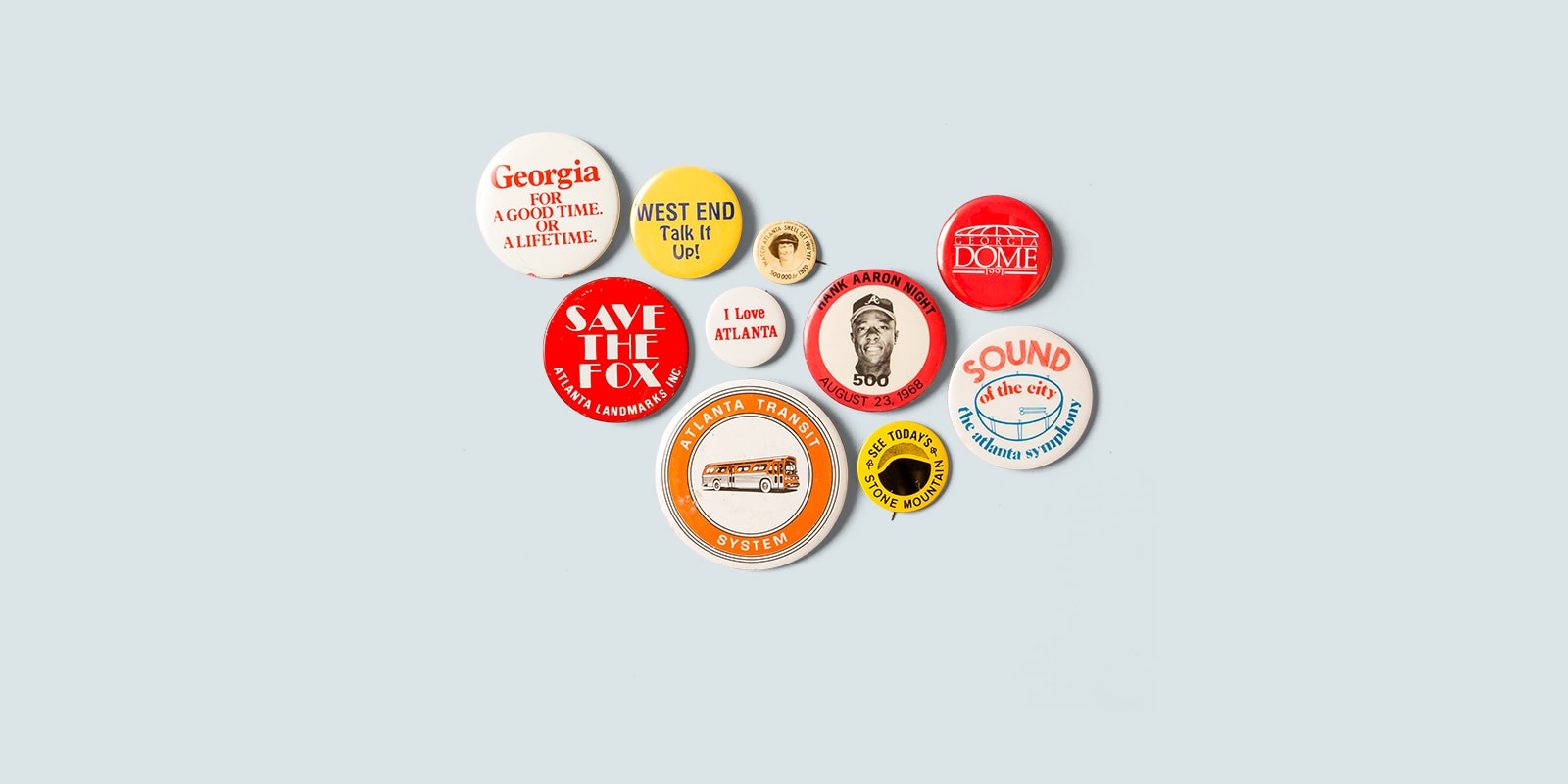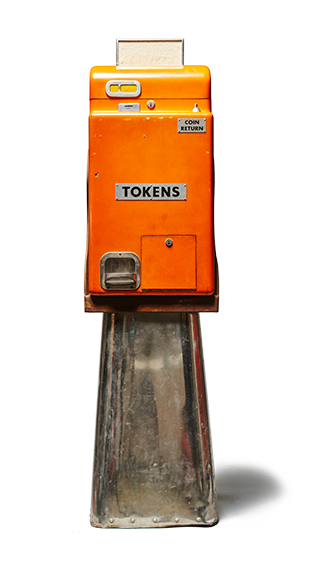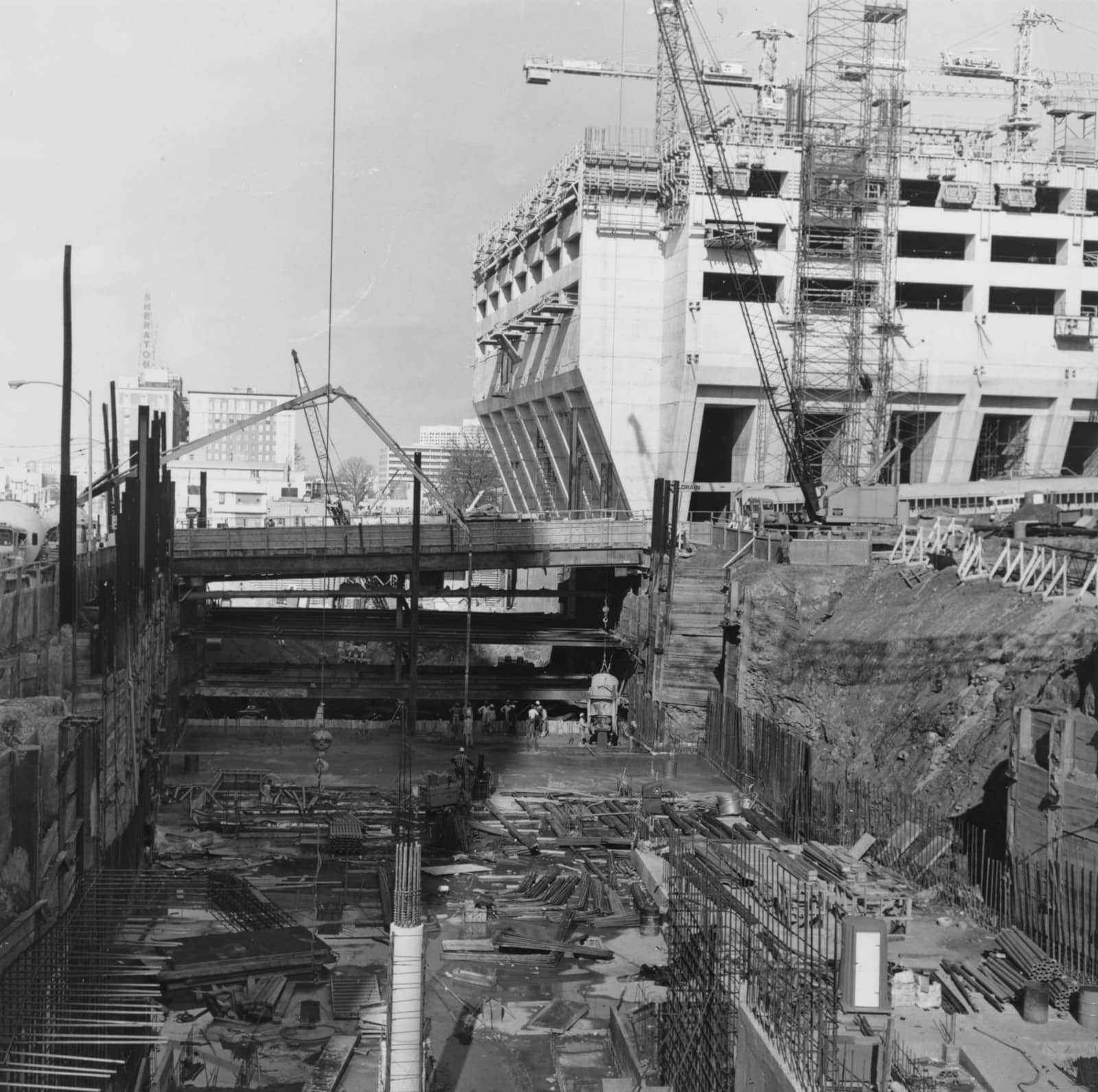Atlanta in 50 Objects
A pink pig and a renegade cow. A movie prop and a Coke bottle. A Pulitzer Prize–winning book and a Nobel Prize–winning icon.
How do you tell the story of Atlanta in 50 objects? We decided the best experts were Atlantans themselves—residents who cheer the Braves and rue I–285 rush-hour traffic, who understand how Civil War losses and Civil Rights victories together helped forge the city’s unique identity. Atlanta History Center asked the public to submit what objects they think best represent their town. The parameters were broad: an object could also be a person, a place, an institution, or an idea. After receiving hundreds of submissions, History Center staff assembled a collection of fifty pieces that represent the themes identified by the public. In addition to items from our own collections, we have partnered with many local institutions and individuals to gather artifacts from around the city to tell this community–driven story.


MARTA
The Metropolitan Atlanta Rapid Transit Authority (MARTA) is the ninth-largest transit system in the nation and serves an average of more than 550,000 passengers a day.
Civic leaders first promoted a rapid transit system in the 1950s, less than a decade after retiring the last electric streetcar. A referendum passed in 1971 by voters in DeKalb and Fulton Counties, and the city of Atlanta authorized the creation of MARTA. In February 1972, MARTA purchased the Atlanta Transit System for $12.9 million and assumed control of the area’s primary bus transportation network.
Through the 1970s, MARTA received grants of more than $800 million from the federal government for planning, design, land acquisition, and rail construction, which began in 1975. The University of Georgia’s Carl Vinson Institute estimates that MARTA is responsible for $2.6 billion in annual economic activity and supports 24,000 jobs in metro Atlanta as of 2015.

Construction of the North Avenue Station, ca. 1978. Kenan Research Center at Atlanta History Center, Duane L. Cronk Photographs